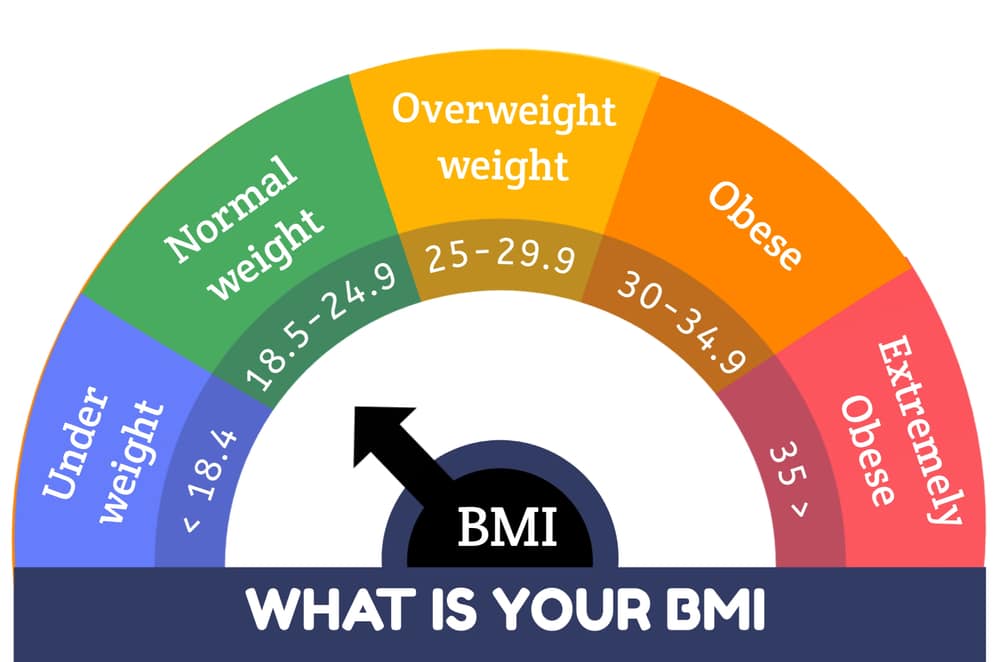Body mass index (BMI) is a measure of your weight relative to your height and acts as a rough estimate of body fat. When you enter your height and weight into a BMI calculator, you’ll get a number. This number is a way to determine whether you are at a healthy or unhealthy weight.
Calculate your BMI (body mass index) by using the form below. Enter your weight and height and click the Calculate button to display your BMI result.

BMI Calculator | Calculate Your Body Mass Index
Maintaining a solid body weight can be an essential aspect of overall health A commonly used strategy to assess whether an individual’s weight is within a healthy range is to use a body mass “BMI” file. BMI is a simple but attractive scale that takes into account a person’s weight and height. To make it even more personalized, a BMI calculator can be a practical solution.
In this article, we’ll look at what BMI is, why it works, and how you can use a BMI calculator to better understand your health.
What is BMI?
BMI, or Body Mass File, can be a numerical estimate derived from an individual’s weight and height. It can be a widely recognized level to determine whether an individual is underweight, normal weight, overweight or overweight. The equation for BMI is:
BMI = weight/height2
Here weight is in kilograms and height is in meters. The coming number shows how much body fat an individual has.
Why is BMI important?
Understanding your BMI is fundamental as it gives a quick assessment of your body composition and the potential health risks of being overweight.
Maintaining a healthy BMI is linked to a reduced risk of various health problems, including heart disease, diabetes, and some types of cancer.
Underweight and overweight can have opposing effects on health, making BMI an important tool in preventative health care. Presenting the BMI calculator To reorganize the BMI calculation method, a BMI calculator is useful. This device frequently asks you to enter your weight, height, gender and age. Using this information, the calculator can give an estimate of your BMI and classify it into various categories, such as underweight, normal weight, overweight or overweight.
How to use the BMI calculator:
Enter your weight and height: Start by entering your weight in kilograms and height in centimeters. Remember that precision is the key to achieving important results.
Choose your sexual orientation:
BMI calculator can take sexual orientation into account because body composition can vary between men and women.
Enter your age:
Some advanced BMI calculators take age into account because the digestive system and body composition can change over time.
Get your BMI results:
After clicking the “Calculate BMI” button, the tool will display an estimate of your BMI and categorize it into a specific health activity.
Deciphering Your BMI Comes about:
Underweight: BMI less than 18.5
Ordinary Weight: BMI 18.5 to 24.9
Overweight: BMI 25 to 29.9
Hefty: BMI 30 and above
Conclusion
Integrating the use of a BMI calculator into your wellness program can provide important insights into your body composition. It’s important to note that while BMI can be a valuable screening tool, it does not take into account components such as muscle mass or fat distribution.
For a complete assessment of your health, you should consult a healthcare professional.
Take charge of your health by understanding your BMI and making informed choices that fit your lifestyle. Remember, the goal is not just to hit a number on the scale, but to create change that promotes a strong and satisfying life.
FAQ’s on BMI Calculator:
1. What is BMI, and why is it vital?
2. How is BMI calculated, and what are the diverse BMI categories?
BMI = weight/height2
Weight is more often than not measured in kilograms, and stature in meters. The coming about number is at that point categorized into distinctive ranges:
Underweight: BMI less than 18.5
Normal Weight: BMI 18.5 to 24.9
Overweight: BMI 25 to 29.9
Obese: BMI 30 and above
